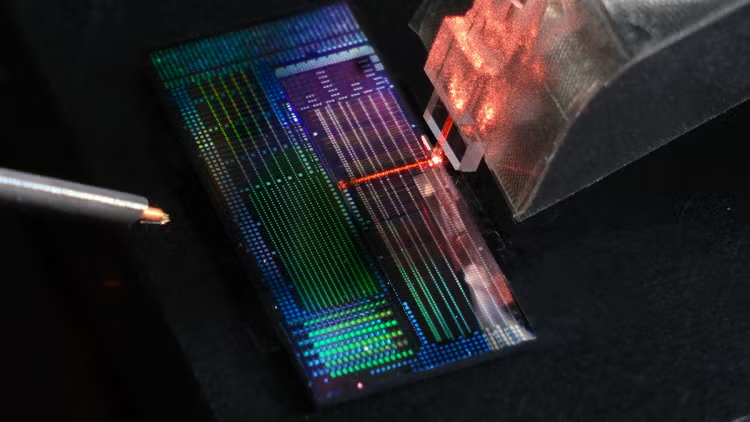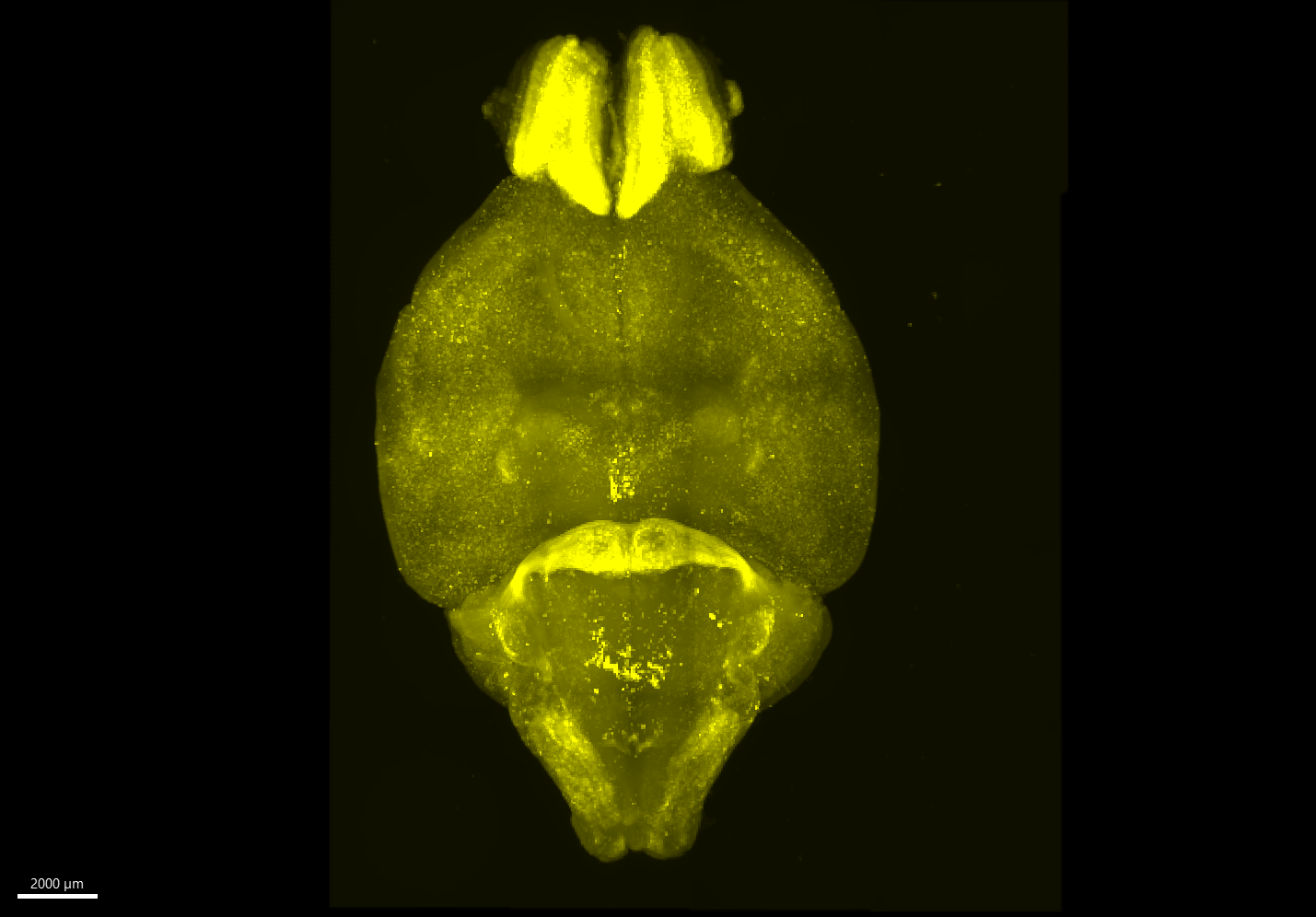New protein discovery could be the answer to long-term healthy aging
Researchers reveal a protein named NANOG that significantly reverses cellular aging, potentially transforming treatments for age-related diseases.

New research highlights NANOG protein’s potential in cellular aging reversal. (CREDIT: Freepik)
In a major leap for anti‑aging science, a team led by researchers at the University of Buffalo demonstrated that a protein named after an Irish myth—NANOG—can reverse key signs of aging in skeletal muscle cells.
The study shows that protein NANOG reverses aging hallmarks both in cultured cells and in prematurely aging mice. The findings could pave the way for treatments that restore strength and vitality in aging muscle.
The power of NANOG in aging muscle
The researchers overexpressed NANOG in myoblasts, the muscle precursor cells that had entered a senescent state and could no longer divide. This boost reversed problems linked to age, including poor autophagy, unstable genomes, weak nuclei, energy imbalance, and sluggish mitochondria. The results hint that protein NANOG reverses aging not by rebooting cells to an embryonic state but by restoring their own youthfulness.
Stelios T. Andreadis, PhD, a SUNY Distinguished Professor at the UB School of Engineering and Applied Sciences, noted, “Our work focuses on understanding the mechanisms of NANOG’s actions in hopes of discovering druggable targets in signaling or metabolic networks that mimic the anti‑aging effects of NANOG.
Ultimately, the work could help lead to new treatments or therapies that help reverse cellular senescence, and aid the many people suffering from age‑related disorders.” This statement reflects the far‑reaching potential of the discovery.
Most anti‑aging approaches rely on reprogramming cells into pluripotent stem cells, which carry a tumor risk. This strategy avoids that. In mice with a premature aging condition, muscle stem cell numbers rose significantly when NANOG was overexpressed. That suggests protein NANOG reverses aging in living tissue without risky transformations.
Related Stories
- Irregular sleep patterns linked to early muscle aging and reduced strength over time
- Scientists discover enzyme that reverses muscle loss due to aging
Cellular Aging Reversal and Peripheral Nerve Injuries
Peripheral nerve injuries (PNIs) impact over 20 million Americans, leading to significant disability and economic burdens. Current nerve repair techniques, such as nerve grafting, often have limited success, resulting in persistent impairment and chronic pain. Recent research has shown that NANOG could play a role in enhancing recovery from PNIs.
In experiments involving mice with nerve injuries, NANOG improved reinnervation—the process by which nerves reconnect with muscle tissue. NANOG increased genes essential for nerve growth and muscle development, improving muscle function recovery significantly compared to standard treatments. These findings suggest that cellular aging reversal might enhance nerve regeneration and motor recovery following injury.
Past Studies and Findings:
Research into the anti-aging potential of NANOG began several years before this latest breakthrough. A notable study from 2017 by Panagiotis Mistriotis and colleagues at the University at Buffalo, published in the journal Stem Cells, showed promising effects of NANOG on senescent muscle cells.
In that study, researchers demonstrated that NANOG restored crucial muscle gene expression, actin structure, and overall cell flexibility. Importantly, this work highlighted NANOG’s potential to rejuvenate aging muscle cells without reprogramming them into embryonic stem cells, setting the stage for future anti-aging research.
Building upon earlier discoveries, a 2023 study in the journal Cell Reports further expanded our understanding of NANOG’s role in rejuvenating cells. This research, carried out at the University at Buffalo, found that NANOG improves metabolic functions by altering amino acid metabolism, specifically glutamine metabolism.
The study indicated that senescent mesenchymal stem cells excessively break down glutamine, causing mitochondrial damage. By adding NANOG, researchers significantly reduced glutamine metabolism, thereby enhancing mitochondrial health and improving overall cellular energy production.
Another critical finding emerged in a separate 2023 investigation published in Nature Communications. This research, led by Nika Rajabian from the University at Buffalo, revealed how NANOG beneficially influenced metabolism by targeting the methionine pathway, a key regulator in aging myoblasts.
The researchers observed that elevated activity of the enzyme methionine adenosyltransferase 2A impaired glucose processing, muscle healing, and insulin sensitivity. By introducing NANOG, scientists decreased enzyme activity, reduced toxic byproducts, and restored insulin response. This not only boosted glucose metabolism but also significantly improved muscle regeneration in aging mice.
Together, these prior studies laid essential groundwork, illuminating NANOG's powerful ability to reverse cellular aging by correcting metabolic pathways and restoring key cellular functions. Each piece of research added crucial evidence, supporting NANOG as a promising candidate for developing new anti-aging therapies that target metabolic and signaling networks, bypassing the risks associated with traditional stem-cell reprogramming techniques.
Gateway to the Future
This research suggests aging may be treated by targeting metabolic and signaling networks with drugs that mimic NANOG. Instead of risky stem cell reprogramming, patients might gain renewed muscle strength and resilience.
Therapies could enhance recovery from injury, counteract sarcopenia, and improve overall vitality in elder populations. The path forward involves turning these insights into safe, effective drugs for human use.
What We’ve Learned
- protein NANOG reverses aging in muscle cells without converting them into embryonic stem cells.
- NANOG boosts metabolic health and mitochondrial function, aiding regeneration.
- Targeting NANOG’s pathways could yield safer therapies against age‑related decline.
Altogether, this body of research supports the idea that aging is, at least partly, reversible. That makes NANOG a valuable lead in modern aging science.
Note: Materials provided above by the The Brighter Side of News. Content may be edited for style and length.
Like these kind of feel good stories? Get the Brighter Side of News' newsletter.



